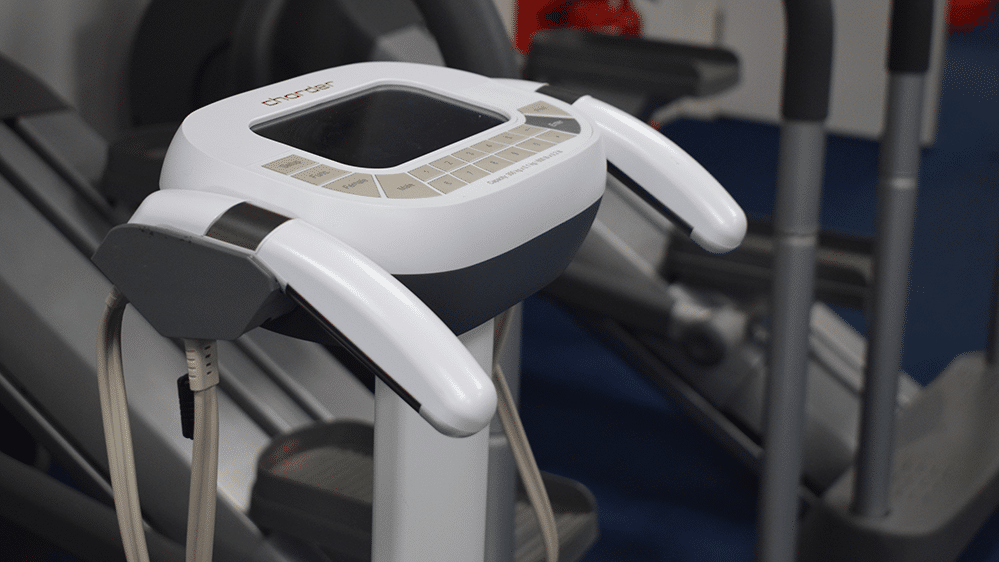
Understanding the composition of our bodies is a crucial aspect of maintaining optimal health and fitness. While traditional methods like weighing scales offer limited insights, bio-impedance analysis (BIA) has emerged as a revolutionary technique that provides a comprehensive understanding of body composition. By assessing various parameters such as fat mass, muscle mass, and hydration levels, BIA offers valuable insights for individuals striving to achieve their wellness goals. In this article, we delve into the science of bio-impedance analysis, exploring its principles, applications, and the benefits it offers in promoting optimal health and fitness.
The Principles of Bio-Impedance Analysis: Bio-impedance analysis is a non-invasive method that measures the electrical impedance of body tissues to assess body composition. It relies on the fact that different tissues have varying electrical conductivities due to differences in water content and cellular structure. A low-level electrical current is passed through the body, and the resistance encountered is used to calculate the composition of different tissue types.
Assessing Body Composition: One of the primary applications of bio-impedance analysis is the assessment of body composition. By analyzing the resistance encountered by the electrical current, BIA can estimate the proportions of fat mass, muscle mass, and total body water. This information is valuable for individuals looking to monitor their progress during weight loss or muscle-building programs, as it provides a more accurate and comprehensive picture than traditional weight measurements alone.
Hydration Status and Wellness: Bio-impedance analysis also plays a vital role in assessing hydration status, which is crucial for overall health and well-being. By measuring total body water and extracellular water, BIA provides insights into fluid balance and hydration levels. Proper hydration is essential for various bodily functions, including metabolism, digestion, and cardiovascular health. By monitoring hydration status through BIA, individuals can ensure they maintain optimal fluid balance and support their overall wellness.
Applications in Fitness and Athletics: Bio-impedance analysis has become a valuable tool in the fitness and athletic community. It enables trainers, coaches, and athletes to track changes in body composition and make data-driven decisions to optimize training and nutrition strategies. BIA helps identify changes in muscle mass and fat mass, allowing for tailored interventions to enhance performance, improve body composition, and support injury prevention and recovery.
Limitations and Considerations: While bio-impedance analysis is a powerful tool, it’s important to recognize its limitations. Factors such as hydration status, recent food intake, and body positioning can affect the accuracy of BIA measurements. Additionally, certain conditions such as pregnancy, edema, or the presence of metallic implants can interfere with the analysis. It’s essential to ensure consistent conditions and follow professional guidance for accurate and reliable results.
Bio-impedance analysis has revolutionized the way we understand body composition and its impact on health and fitness. By providing insights into fat mass, muscle mass, and hydration levels, BIA empowers individuals to make informed decisions about their wellness goals. Whether it’s monitoring progress, optimizing training strategies, or supporting overall well-being, BIA offers a comprehensive understanding of body composition, paving the way for a healthier and more fulfilling life journey.










